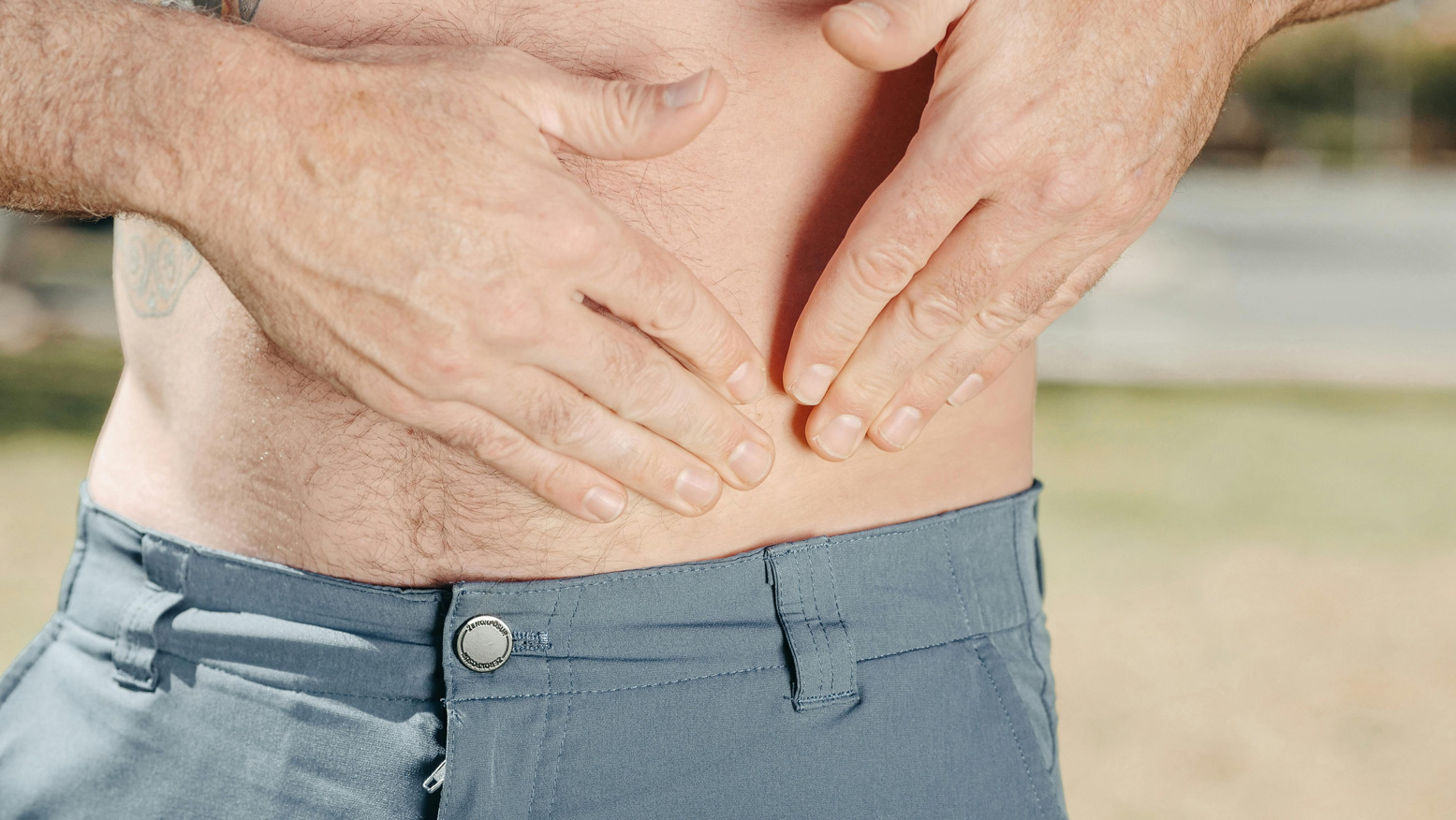Table of Contents
ToggleRecovering from hernia surgery is a journey that continues well after you leave the operating theatre. While undergoing a successful hernia repair is a significant milestone, knowing what to expect during recovery is just as important. A clear understanding of the recovery timeline helps patients manage their expectations, minimise risks, and play an active role in healing.
In this guide, we walk you through a general timeline of recovery — from the first 24 hours to the weeks and months after surgery. Individual experiences may vary depending on the type of hernia, your overall health, and the surgical technique used, such as open or laparoscopic repair.
The First 24–48 Hours: Immediate Post-Operative Care
The first couple of days after hernia surgery are critical for setting the foundation of your recovery — here’s what to expect and how to manage it well.
Managing Pain and Discomfort
It’s normal to experience pain, swelling, or bruising around the surgical site in the first day or two. Your doctor may prescribe pain medication to help manage this discomfort. Ice packs can also be applied intermittently to reduce swelling.
How Soon Can I Walk After Hernia Surgery?
Most patients are encouraged to start walking — slowly and gently — within the first 24 hours. Light walking not only aids circulation but also helps reduce the risk of blood clots and supports bowel function.
Your Post-Surgery Diet
In the first 48 hours, it’s best to start with small portions of clear fluids and light, easy-to-digest foods. Gradually, you can return to your normal diet as tolerated.
What can you eat after hernia surgery:
- Clear soups and broths
- Plain toast or crackers
- Fibre-rich options (like fruits, vegetables, oats) to prevent constipation
- Plenty of water
Avoid heavy or greasy meals and caffeine until your digestive system fully stabilises. It’s also important not to strain during bowel movements — keeping your stool soft can help prevent complications.
The First Two Weeks: Focusing on Healing at Home
Caring for Your Incision
Proper wound care is essential to avoid infection. Keep the area clean and dry, and follow your doctor’s advice on when you can shower. Avoid soaking in bathtubs or swimming pools during this period.
Watch for signs of infection such as:
- Redness that spreads
- Swelling or warmth at the site
- Pus-like or foul-smelling discharge
- Fever (above 38°C)
If any of these symptoms arise, contact your clinic immediately.
Do’s And Dont’s After Hernia Surgery
Do:
- Take short, slow walks every day and gradually increase distance
- Support your abdomen with a small pillow when coughing or standing
- Rest when needed
Don’t:
- Lift anything heavier than 5–7kg (roughly a full kettle)
- Engage in sports, running, or strenuous activities
- Resume sexual activity until cleared by your surgeon
- Strain during bowel movements
- Drive if you're still on strong pain medication or feel discomfort while braking
Returning to Work
Recovery times vary by job type. If you work at a desk, you may return to work in 1–2 weeks, depending on how you’re feeling. For physically demanding jobs that involve lifting or movement, you may need 4–6 weeks of recovery before resuming your duties.
Weeks 3 to 6: Gradually Resuming Your Routine
By this stage, most patients feel significantly better and are ready to take on more activity — cautiously.
Increasing Physical Activity
Start extending the duration and pace of your walks. If your surgeon agrees, you may incorporate light, low-impact activities like:
- Cycling
- Gentle yoga
- Swimming (once your wound is fully healed)
Listen to your body. If any exercise causes sharp or lingering pain, stop and consult your doctor.
Lifting Restrictions
While you may slowly reintroduce lifting lighter objects during this phase, it’s still important to avoid very heavy lifting. The recovery time for hernia surgery varies — the deeper muscle tissues need more time to fully heal and strengthen.
Beyond 6 Weeks: The Path to Full Recovery
After six weeks, most patients return to their usual routines, including gym workouts, running, or sports — as long as they have clearance from their surgeon.
While you may feel fully recovered, internal healing continues. Getting your surgeon’s go-ahead before resuming high-impact or strenuous activities helps reduce the risk of recurrence.
Does Recovery Time Differ Between Open and Laparoscopic Hernia Surgery?
Yes — recovery timelines can differ depending on the surgical technique used for your hernia. Most of the recovery advice in this guide reflects the general experience following laparoscopic hernia repair, which is commonly preferred for its minimally invasive nature.
Laparoscopic surgery is minimally invasive and often leads to less postoperative discomfort, smaller incisions, and a quicker return to light activities, sometimes within a week or two.
Open surgery, in contrast, may involve a longer healing period, particularly for larger or more complex hernias. Patients may need more time off work and could experience more discomfort early on.
Your specialist will tailor your post-surgery care plan based on your health status and the procedure used — be sure to follow their personalised advice before resuming physical activity.
Healing Well: What to Remember As You Recover

Recovering from hernia surgery is a gradual process that requires patience, self-awareness, and clear communication with your doctor. While most patients can expect to return to daily activities within a few weeks — especially after laparoscopic repair — it’s important not to rush the healing process.
By following post-operative instructions, listening to your body, and attending scheduled follow-ups, you give yourself the best chance for a smooth recovery and long-term success. If you have any concerns at any stage of your hernia treatment in Singapore, reach out to your specialist for personalised guidance.
